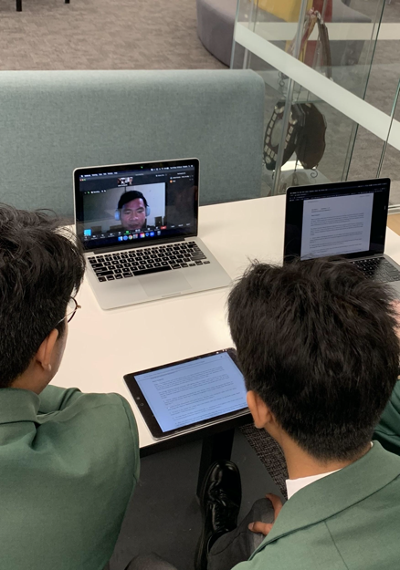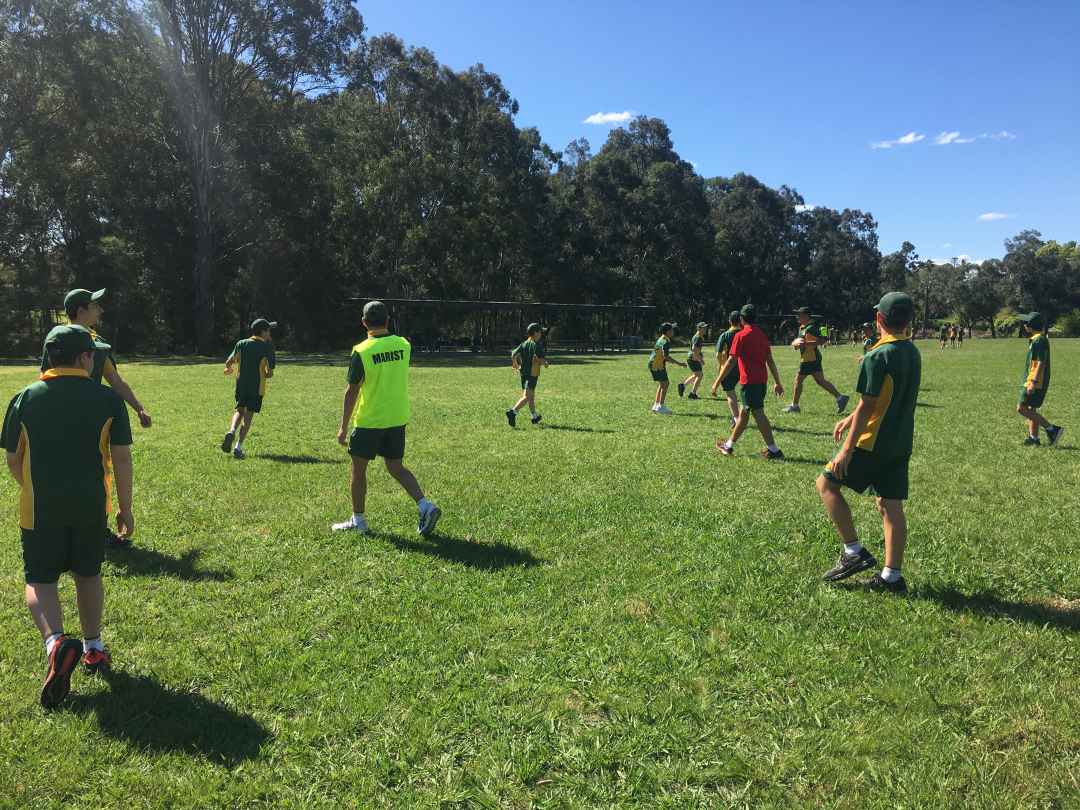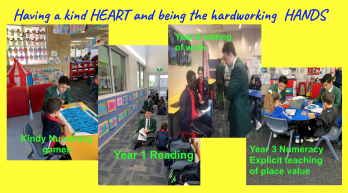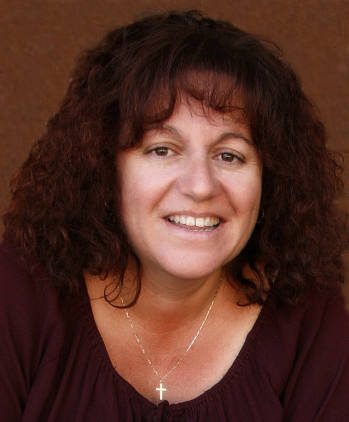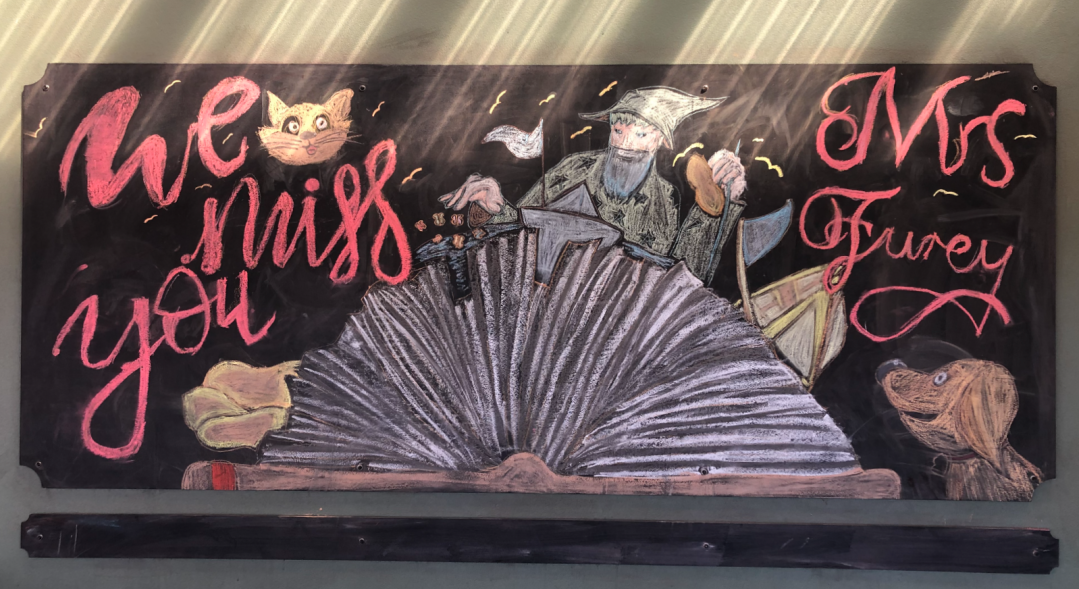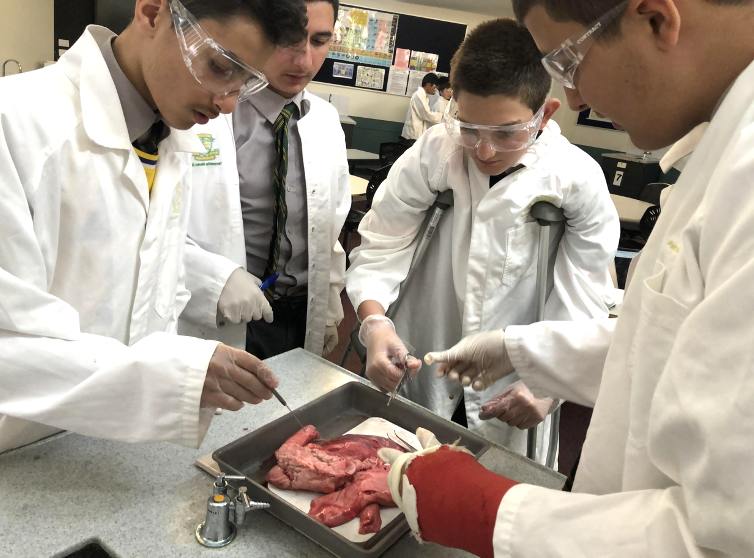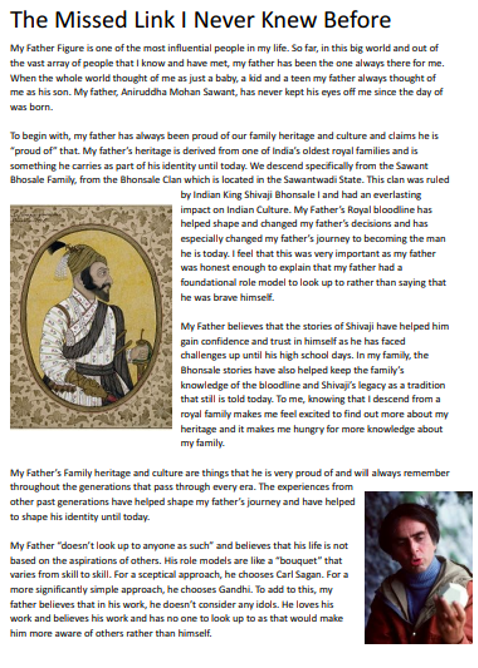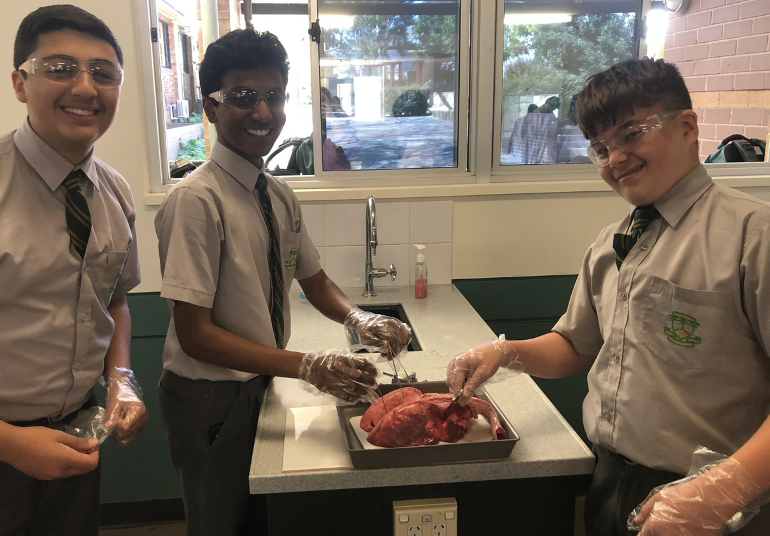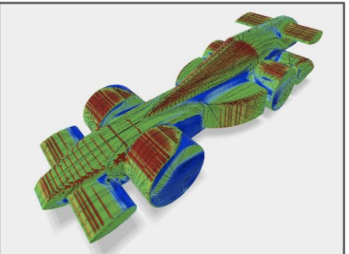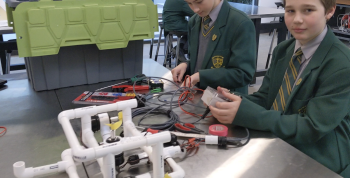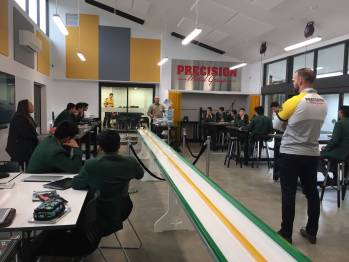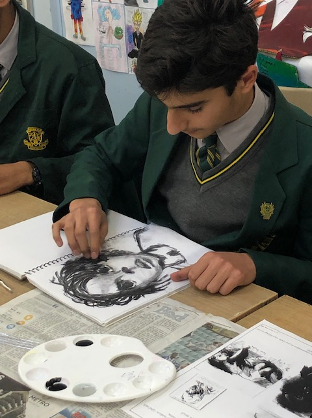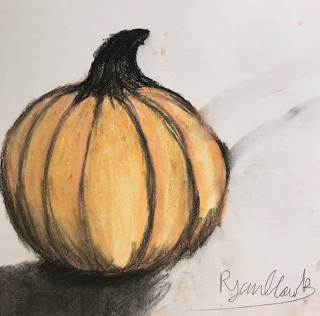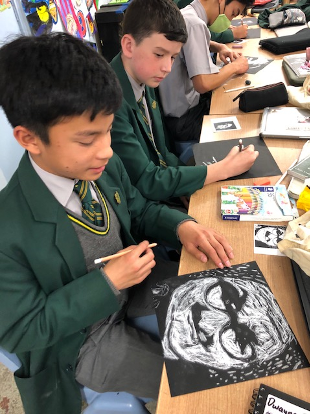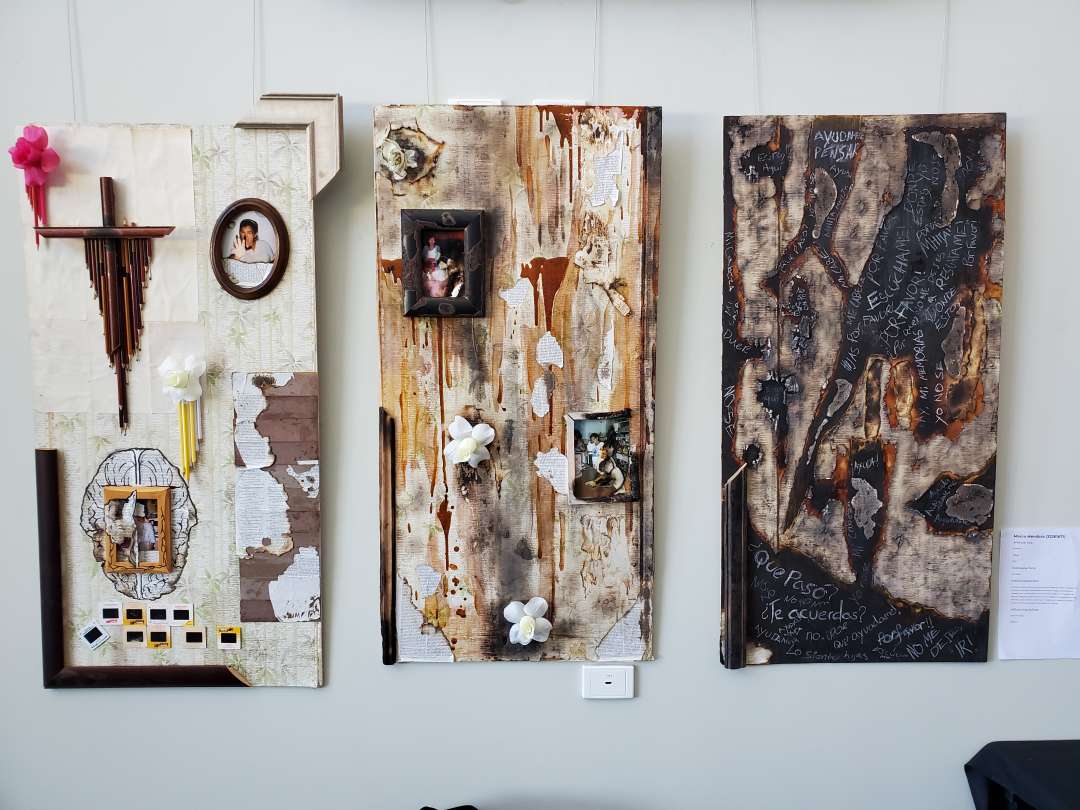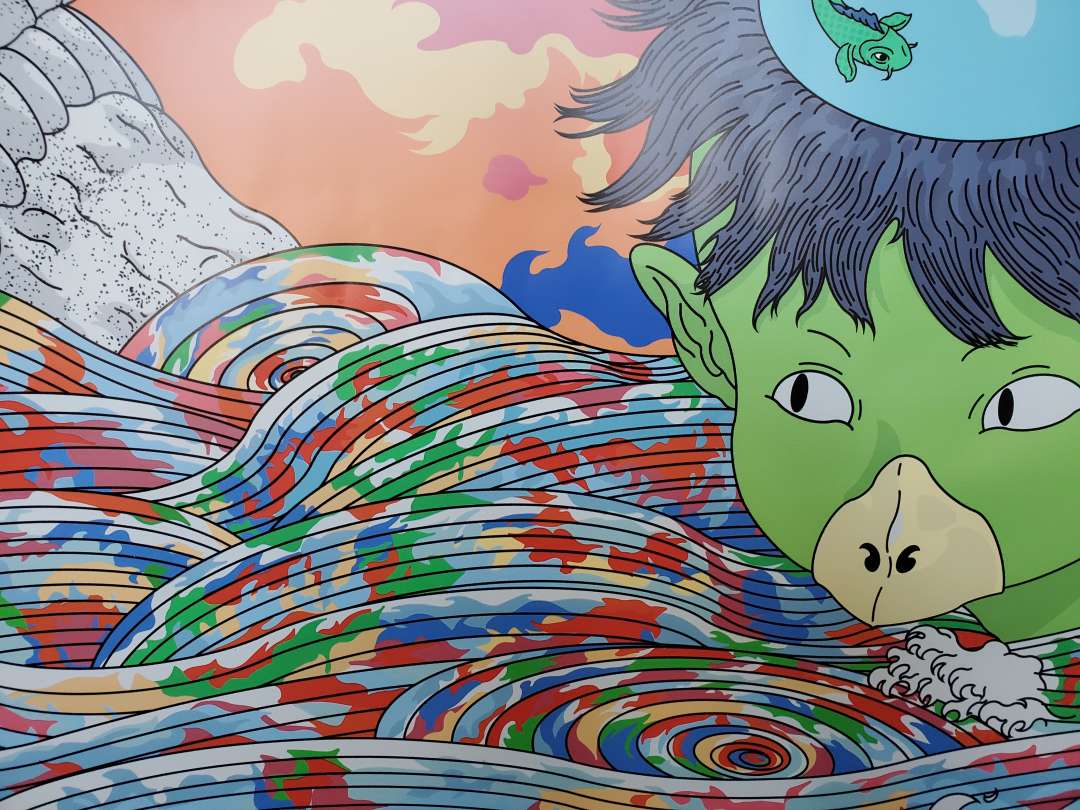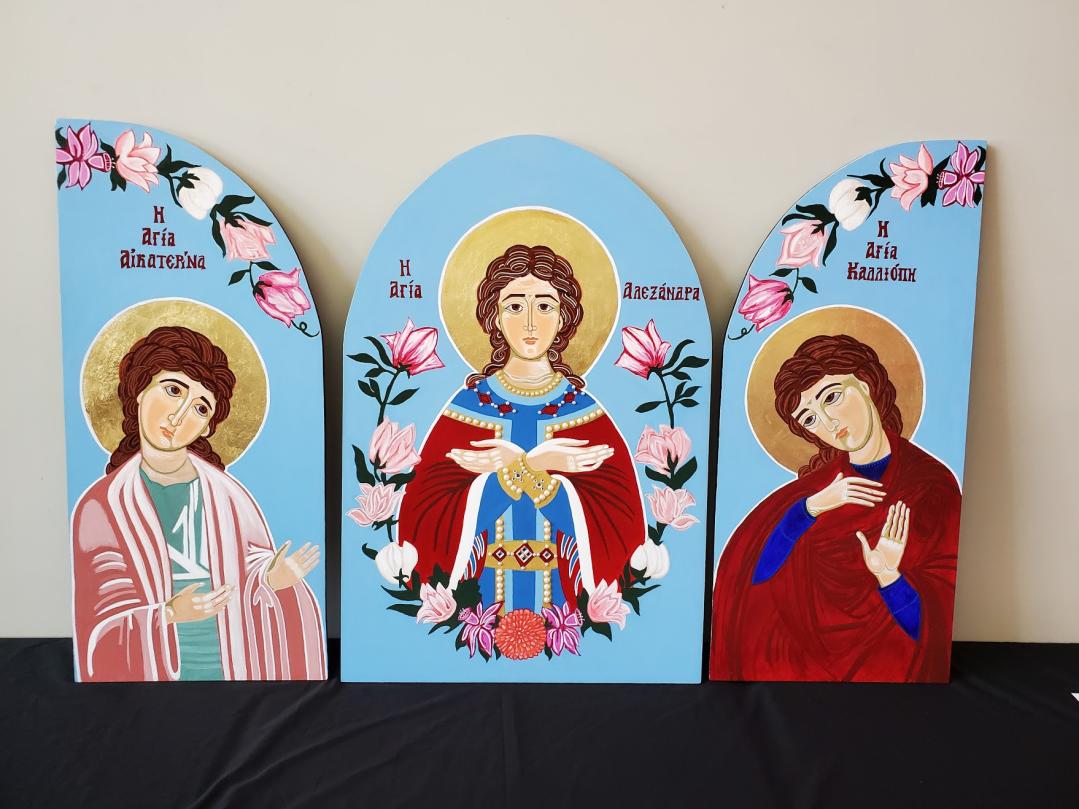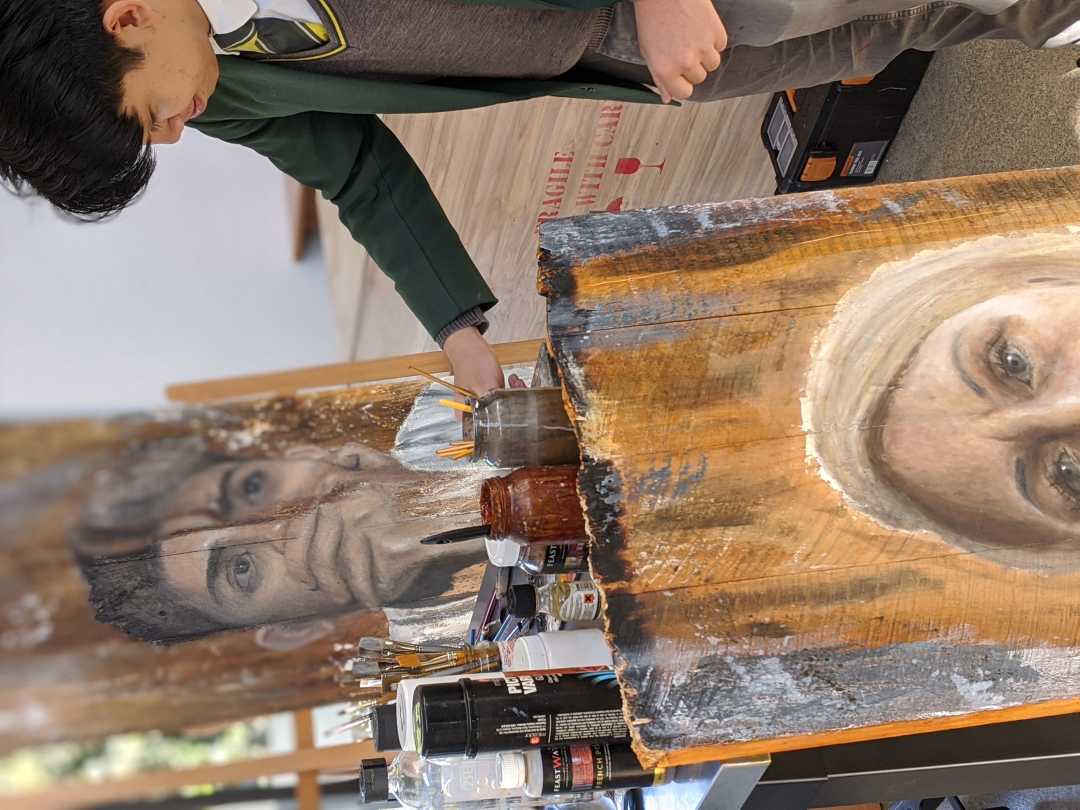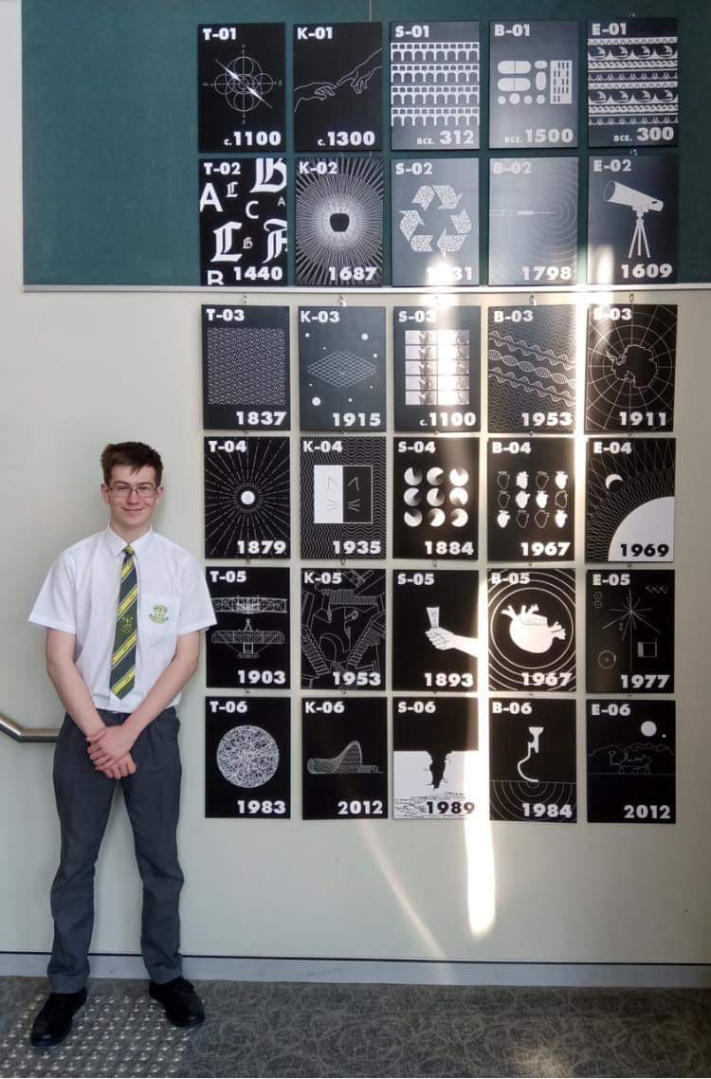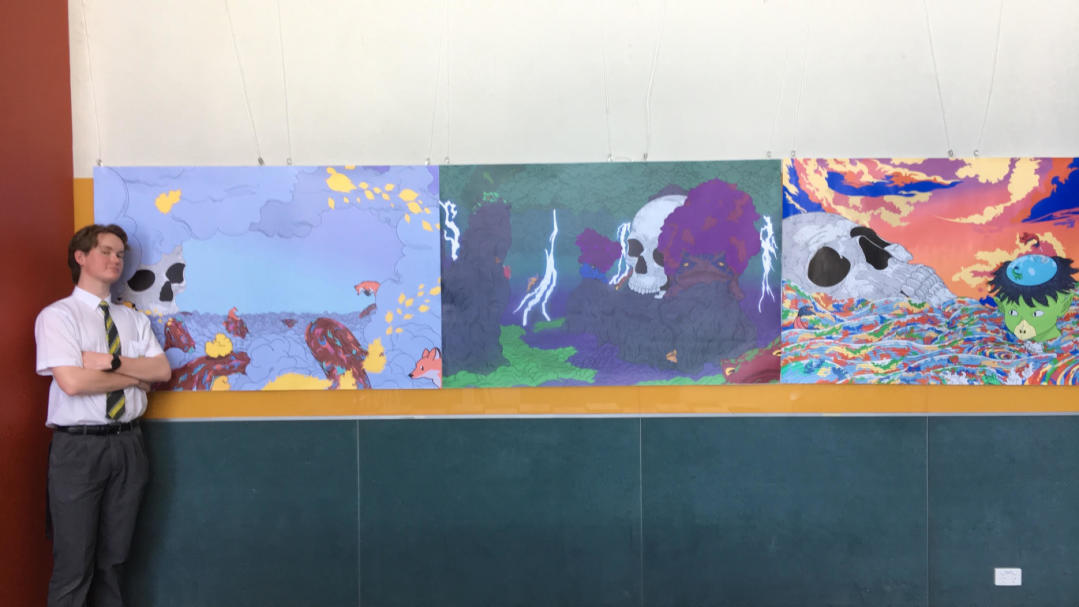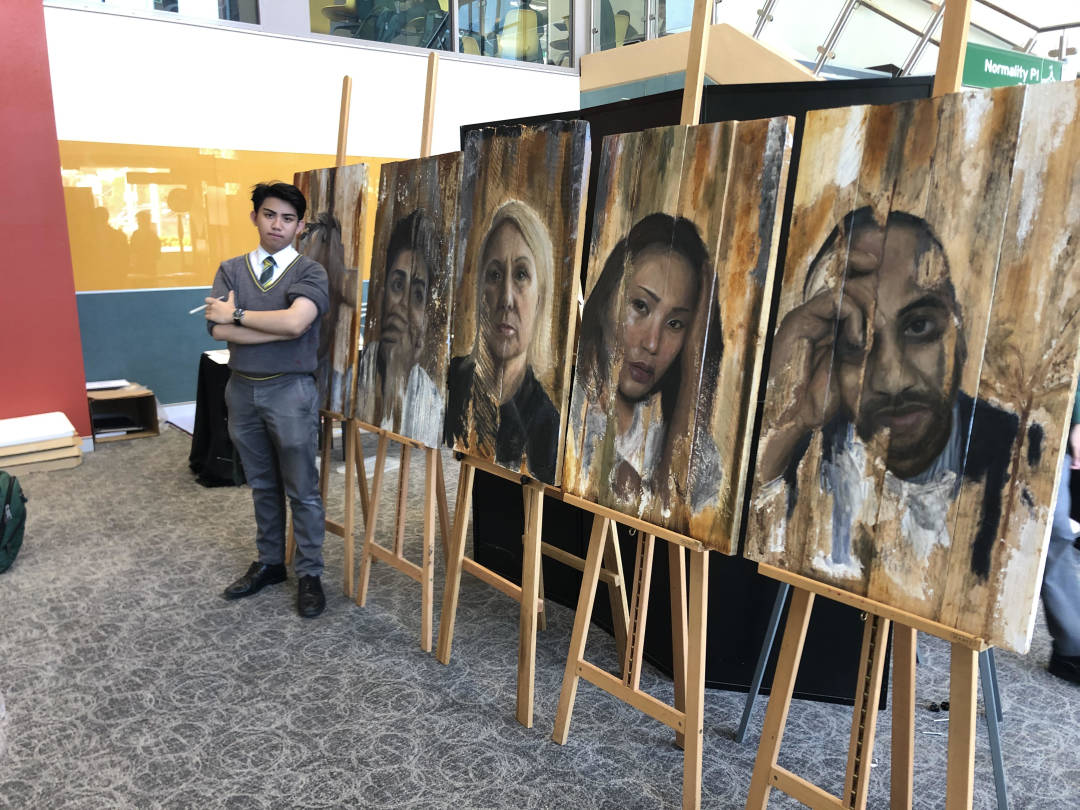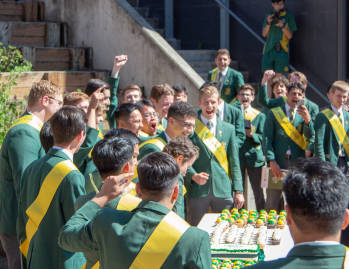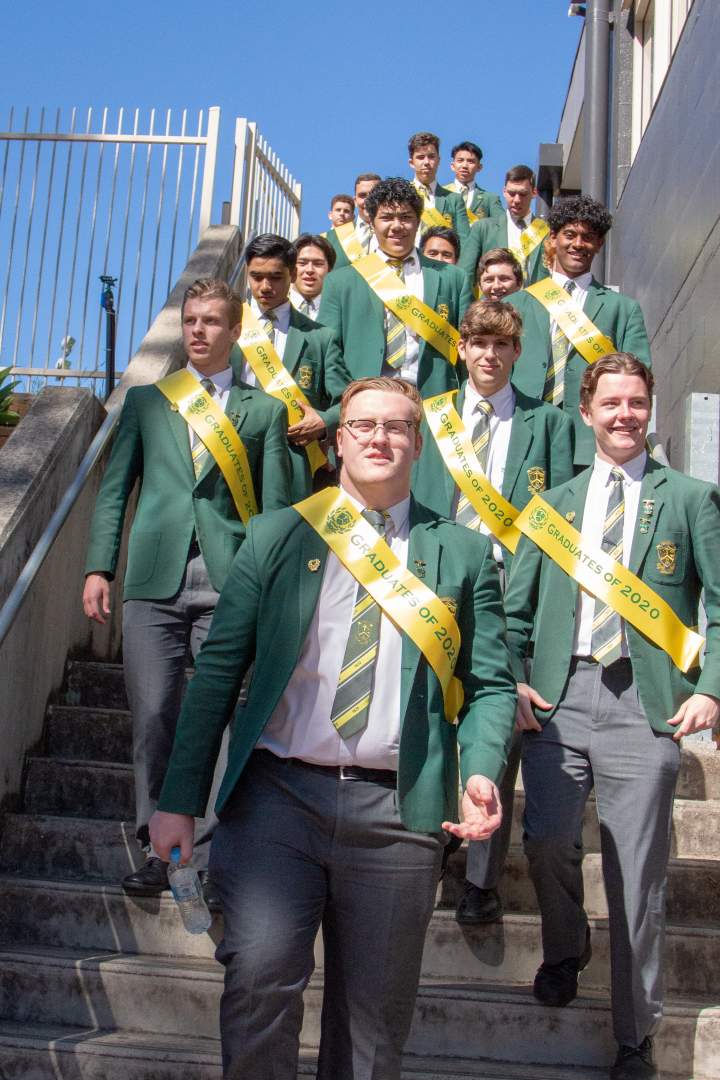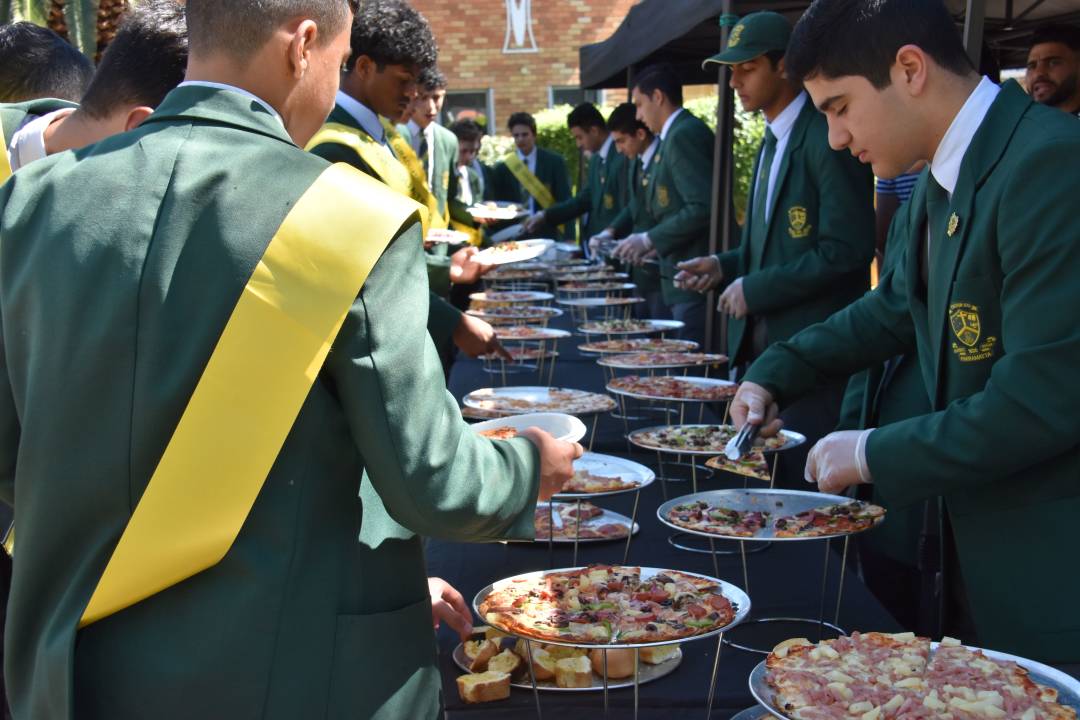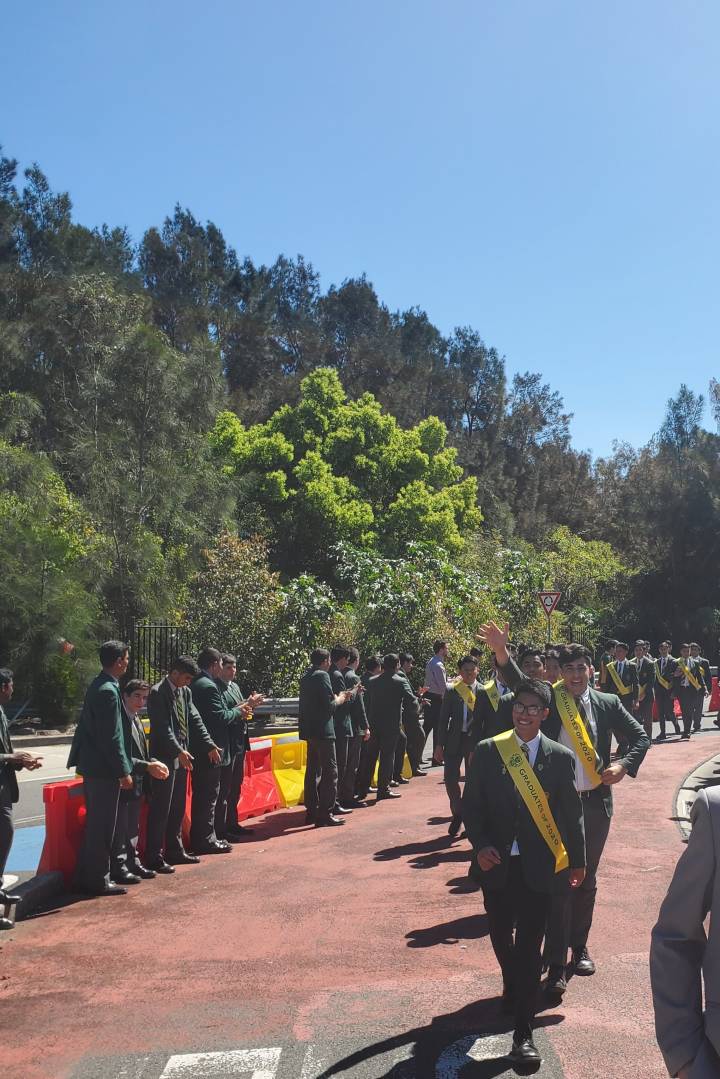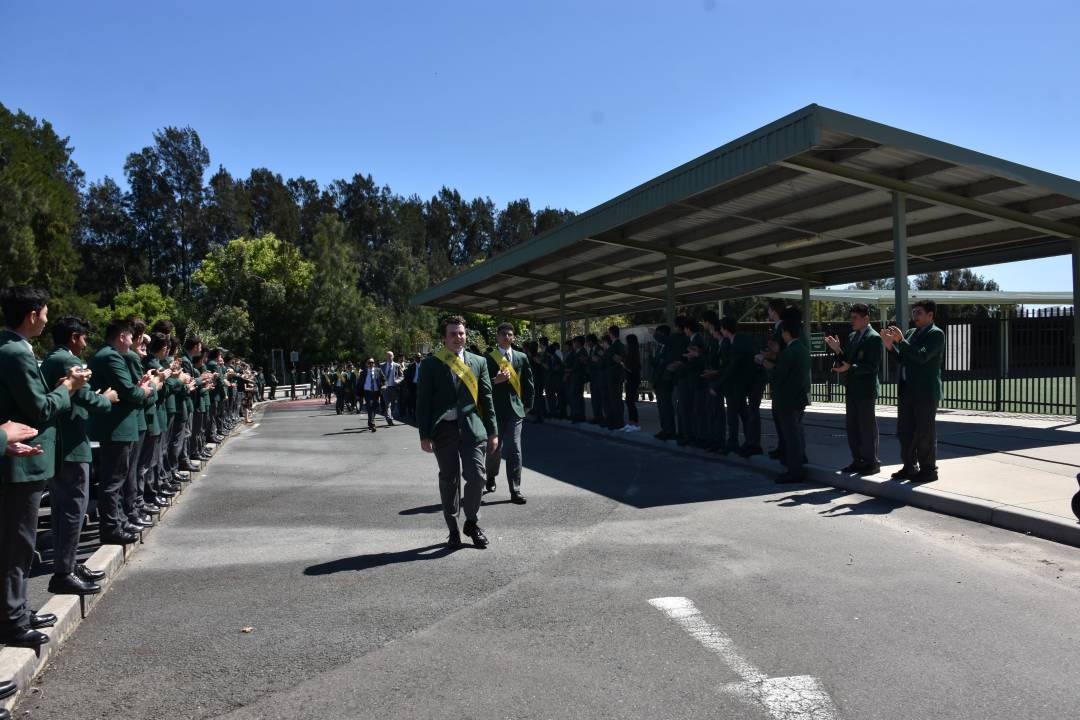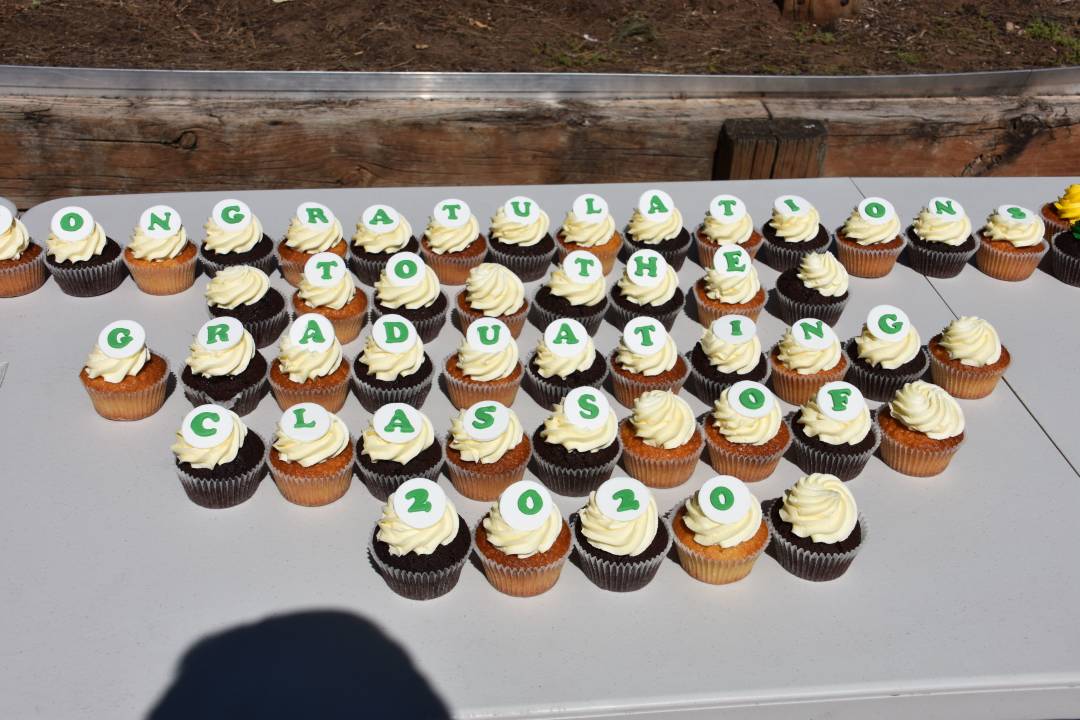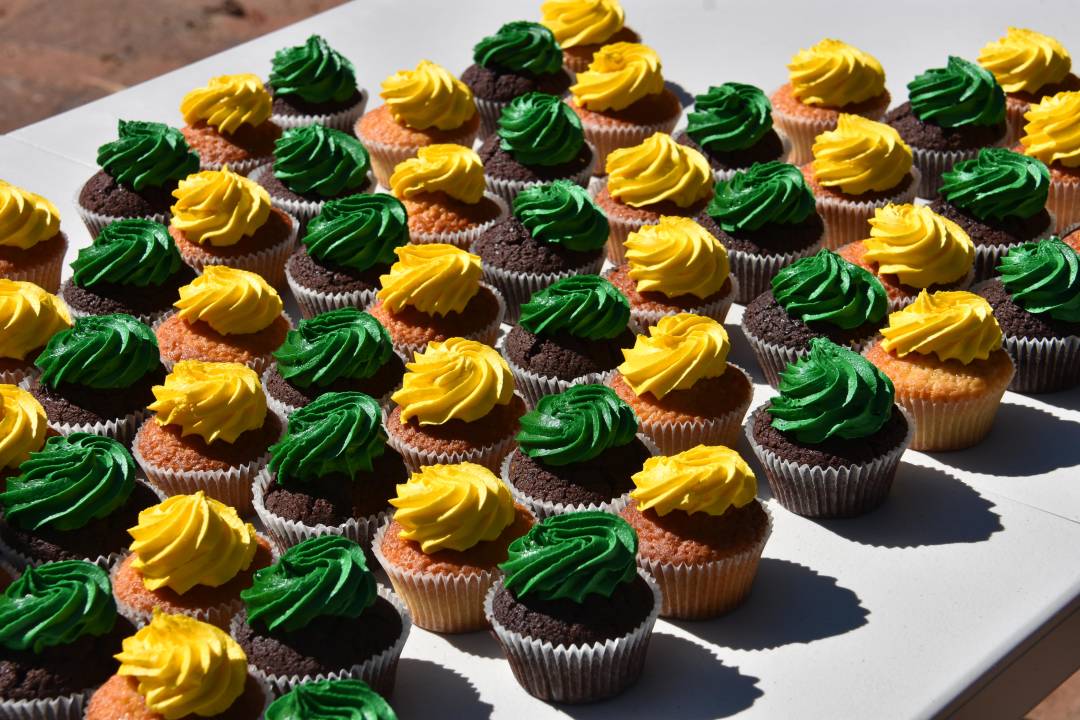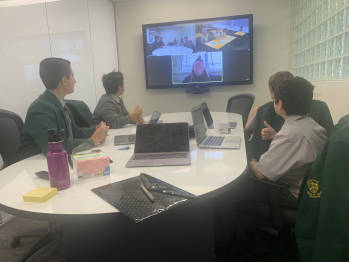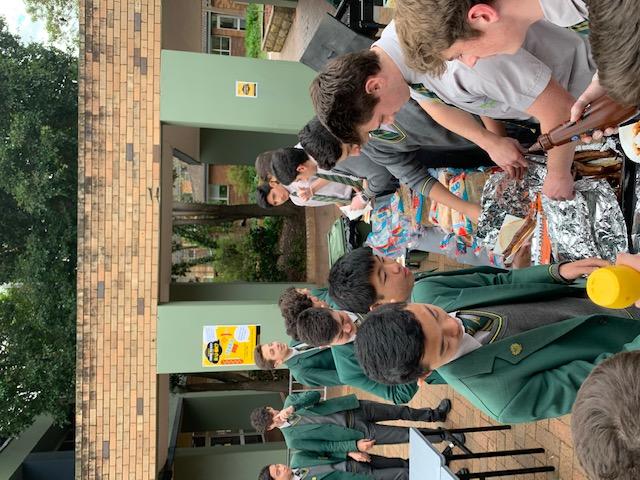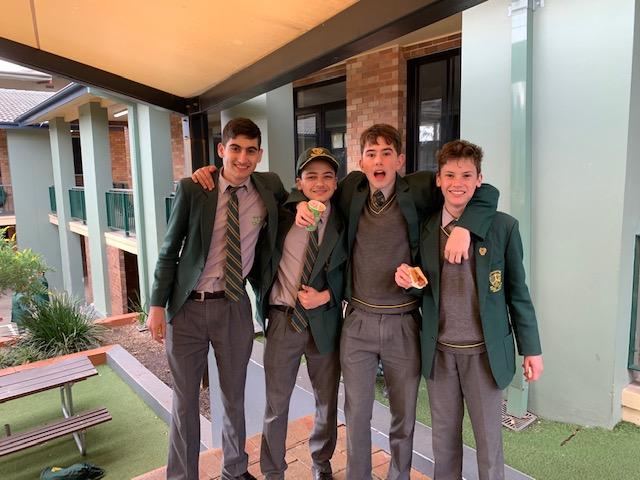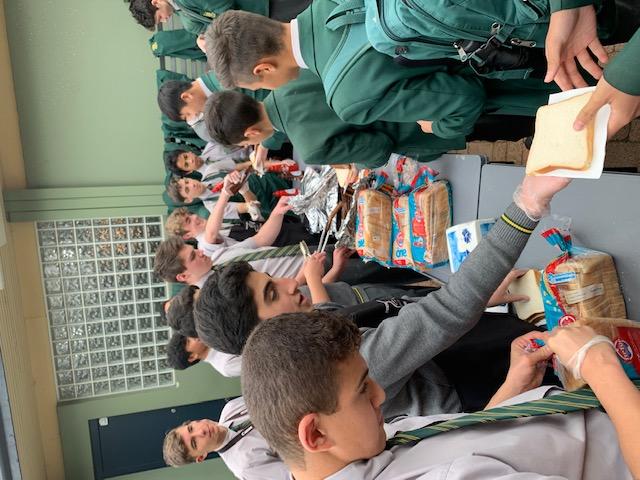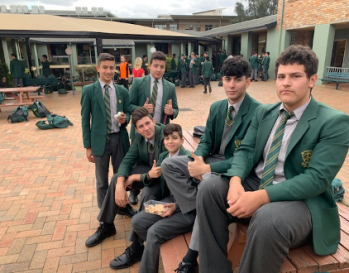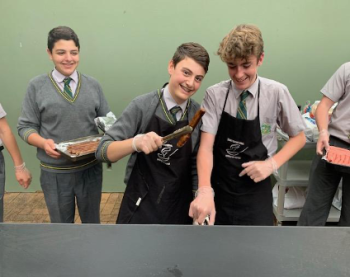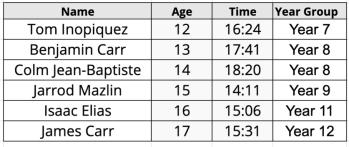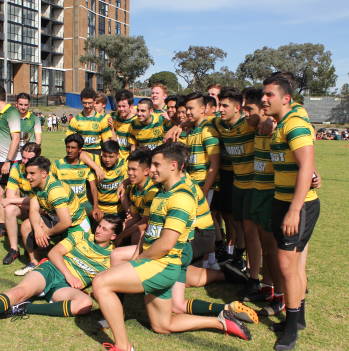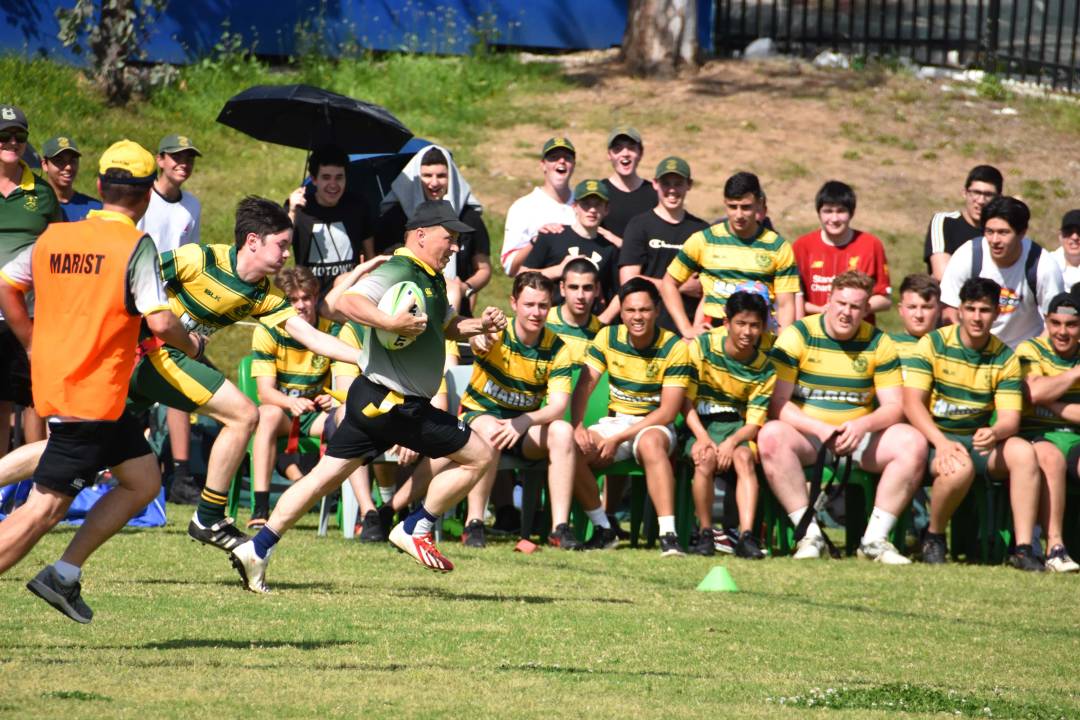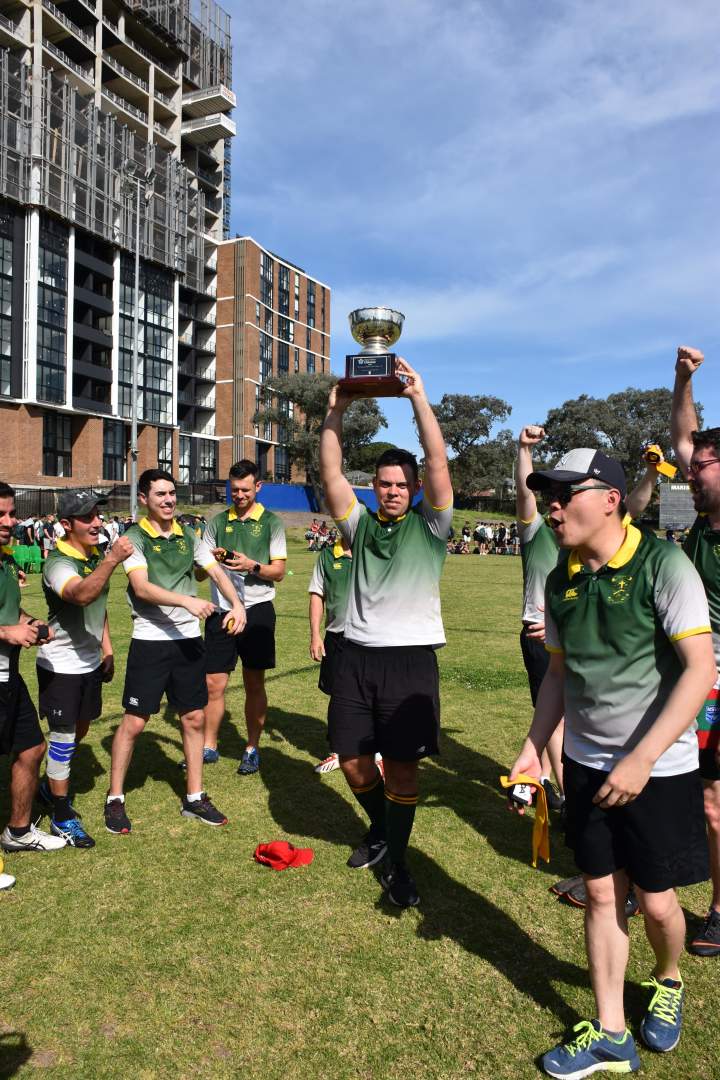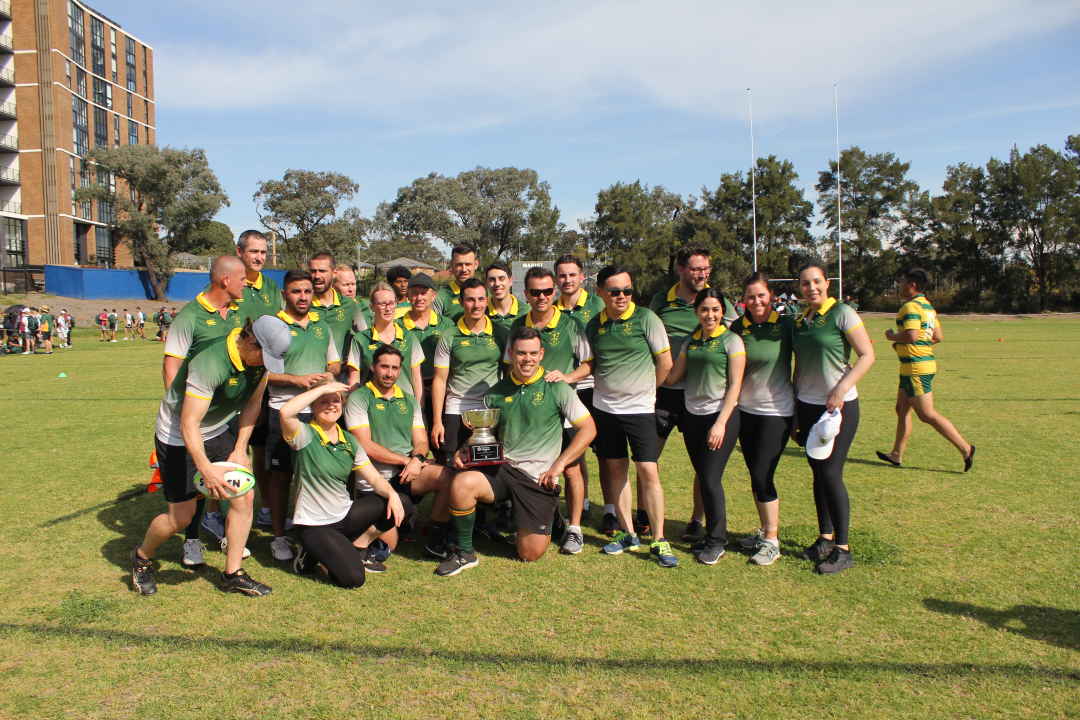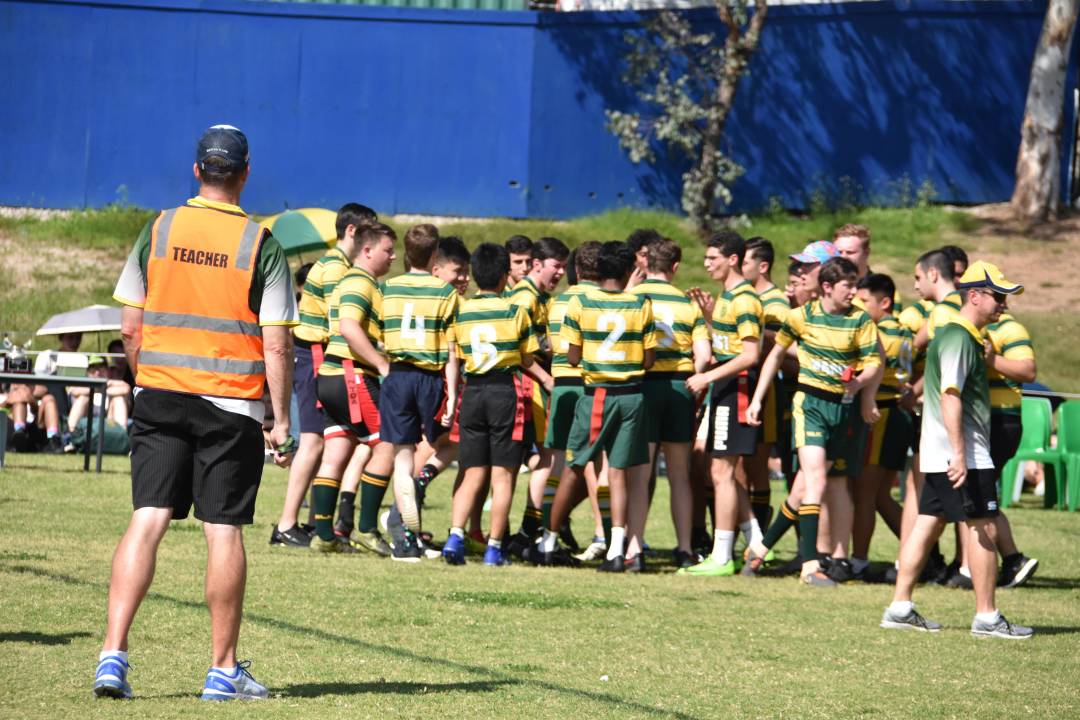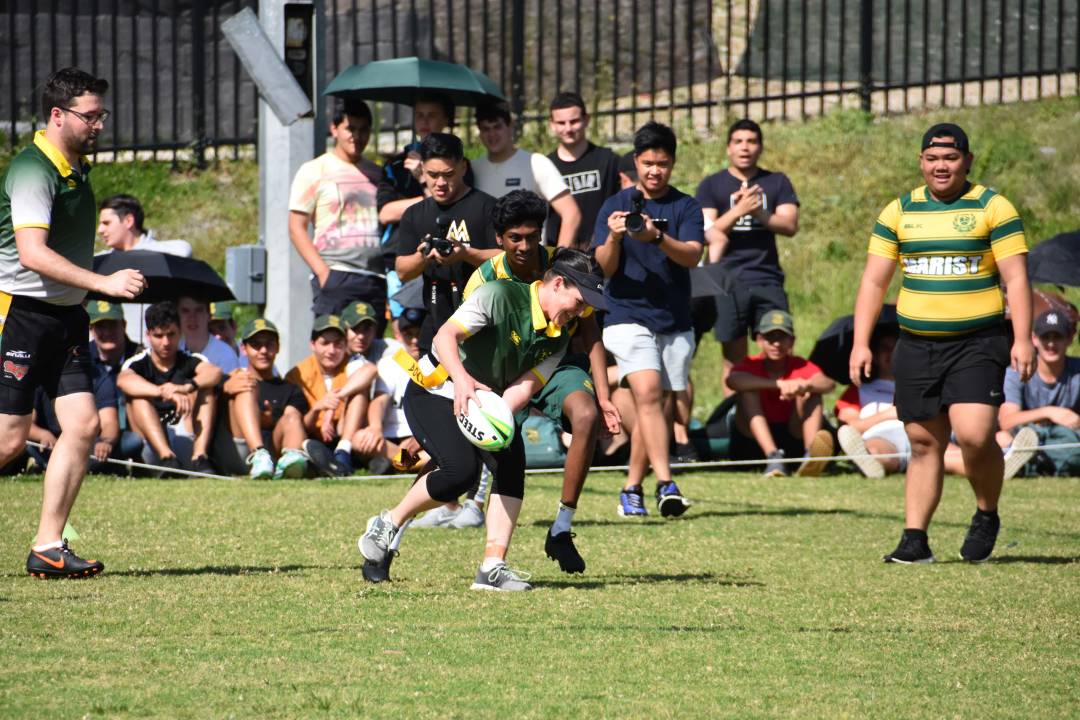This term we are back into the swing of things, with face to face learning and integrated projects returning to the classroom. Students were able to make connections between key core values in subjects and expand their field of knowledge into other subjects. As a result, students better understand their world at a range of different levels.
Students have also had to critically rethink their presentation and communication efforts as a result of COVID 19, with restrictions on how students can demonstrate their understanding. This challenged students but offered them opportunities to add depth and richness to their learning in content elaborations.
Year 7 Student Report by Andy Blatsos
This term, one subject we have been doing PBL in is our CST and English integration, “Power to the People”. We have been learning about the presence of God and the incarnation of God and Jesus. We are combining our understanding of poetry and Religion to create poems about what we have learnt this term. In our groups, we recorded our poems to put them together into one big video. This project worked really well and was well received because it was creative, interactive, and we got to experience poetry first hand. We also got to express our understanding however we wanted in a fun and relevant way that helped us learn. This type of learning is what makes PBL a great way for students to learn, while helping them enjoy school. Overall, the project went really well!
Year 8 Student Report by Clyde Guatlo
During the Science/PDHPE integration project, “Living Life to the Full”, we participated and completed a variety of activities and practicals. One such practical was the dissection and analysis of a sheep's lung which we did in Lab 1. We first only observed the lungs by feeling it's texture. We made some observations and then proceeded to dissect it using scissors. We made some more observations about what we saw, and what things might be what part of the lungs.
Another activity that we did was a research task about biotechnologies! Biotechnologies may not sound interesting but they help save many lives. A biotechnology everyone should be familiar with are vaccines! We learnt about many biotechnologies that we didn't know before, their function, and what disease they treat.
Overall, this integration project was a mix of fun and interesting things. Some activities were fun and hands on, but others were not as fun but still interesting.
Year 9 Student Report by Nikhil Sawant
Year 9 worked on a project in English called “Tapestry of Culture.” This project enabled them to discover family culture and traditions. The formative task consisted of an essay that had to be made by retrieving information from their family about their culture (specifically their father figure). This helped them explore their hidden cultural heritages and family roots that they hadn’t seen before. From exploring their father figure’s experiences to composing the essay, the formative was a great literary journey for all of them. The summative task was also an experience that guided their exploration of poetic composition. While it was challenging to think for better words to incorporate into poems, Year 9 had fun taking this as another approach to their culture. This project in English has really been the best for Year 9 and hope to see similar projects like so in the future.
Year 10 Student Report by Marcus Tayson
Vikings! We all know who the vikings were right? They were the savage guys with horns? All they knew how to do was cause terror? The elective history class has taken on a course that unravels the truth behind vikings. Fun fact, the vikings did not wear horns and were predominantly traders rather than the bloodthirsty vikings we all depict. We explored aspects of viking society such as warfare, social hierarchy, daily life, religion, major events, specific individuals, political structures, and cultural practises. The summative task required groups of students to present replicas of artefacts that adhere to one of the aspects of viking society. For example, a belt buckle used to represent daily life, or a longship used to represent warfare. These replicas will be presented in an archaeological box (one box for each group). However, students had to keep in mind that their replicas needed to fit into an archaeological box with roughly the space of an A4 sheet of paper. This means that some students had to scale their replica down in order to fit inside the archaeological box. Overall, the boys are enjoying this course and look forward to presenting their replicas.

